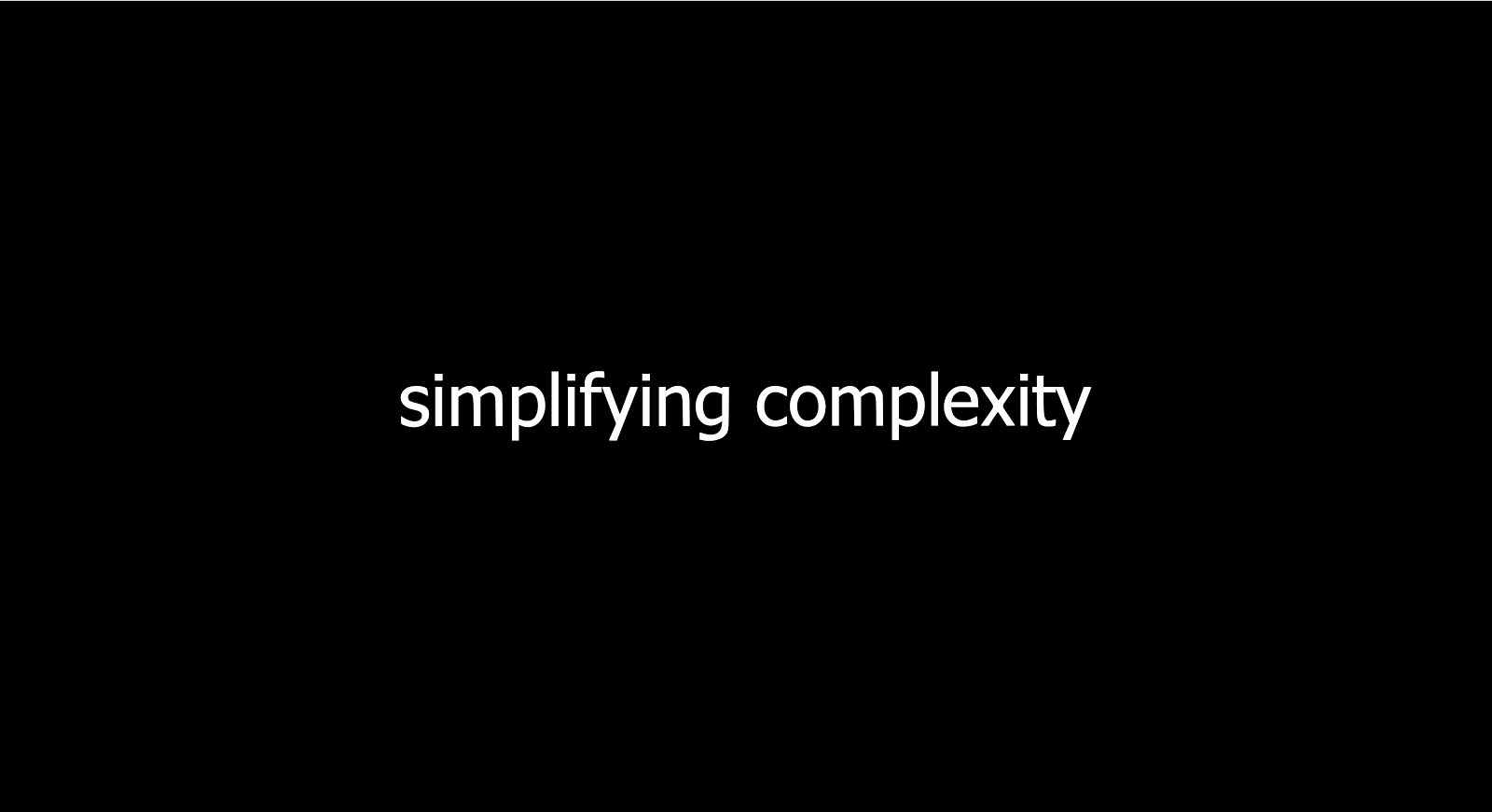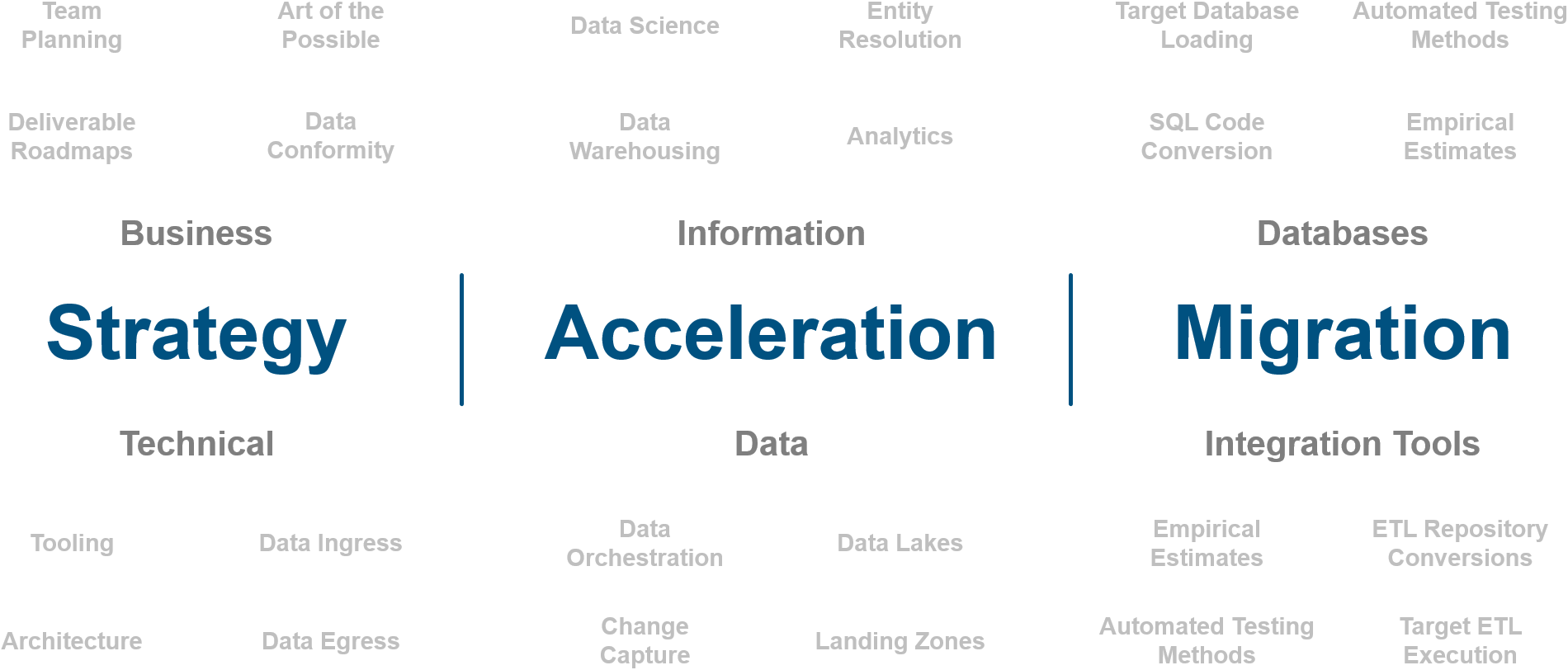
The Data/Culture Link
Written by Jared Hillam

Small is Beautiful
Your organization is made up of tiny little decisions made every day by thousands of individuals. That's it! Seriously, that’s what makes up your company. Unless you’re some kind of futuristic company with no human employees or customers, that’s how your company realizes its accomplishments. Those small decisions add up to your organization posting a profit, loss, or any number at all.
In management consulting, we obsess with the categories of People, Process, and Technology for making organizational improvements, but those pillars of organizational improvement seem to leave employees in a robotic malaise.
Here’s a Small Case Study…
A few years back, we vetted a process at an investment bank that was resulting in massively negative customer feedback. Customers were going onto social media to complain that their investment bank wasn’t letting them get their money out. Obviously not a good message.
As we traversed the long-standing processes we found it took 15 distinct steps, internally, to get a retirement account closed. As you may already know, to determine the downstream effects of a process, we multiply their probabilities of success. So let’s imagine that every step in the process had a 90% success rate. That sounds pretty good, right? Well, where would that lead the end customer?
20%! That means that 20% of the time, the customer would actually get their money without a hitch. Otherwise, it would get hung up in a nasty and frankly unnecessary process.
Why was the organization so inept? Was the process broken and dumb headed… yes! But why is it that the people couldn’t come up with an effective way of fixing the obvious?
When we interviewed the people in charge of the process their answer was “this was a process that was given to me by my predecessor”, or “this step satisfies a legal requirement.” (which nobody could identify) Everybody knew the process was broken. The source of the problem started staring us in the face… Culture. The culture of the organization was not one that required the organization to be customer centric. They were the biggest, the best, and management knew it, so they didn’t have to focus on improvement. This smug management culture trickled down into the organization, and perpetuated a feeling of indifference about customers. After all, “who else would they go to?”
Those tiny decisions that your organization makes, are framed by the culture in your company. If I were to select between excellence in People, Process, Technology, or Culture I would pick Culture. Culture will be at the foundation of what people you hire, what technologies you adopt, and whether your processes improve.
The more influential your culture, the less you’ll have to create process controls and other expensive gate keeping measures to achieve success.
So Why Does Intricity, a Company that Lives and Breathes Data, Care So Much About Culture?
For many companies, they feel they can check off the culture box by hanging some inspirational slogan in an HR person’s cubicle. Culture isn’t some kind of “feel good” way of doing business...

To read further about the Culture/Data link including specifics on its role, register for the full whitepaper here:
People, Process, Technology, and... CULTURE!
Who is Intricity?
Intricity is a specialized selection of over 100 Data Management Professionals, with offices located across the USA and Headquarters in New York City. Our team of experts has implemented in a variety of Industries including, Healthcare, Insurance, Manufacturing, Financial Services, Media, Pharmaceutical, Retail, and others. Intricity is uniquely positioned as a partner to the business that deeply understands what makes the data tick. This joint knowledge and acumen has positioned Intricity to beat out its Big 4 competitors time and time again. Intricity’s area of expertise spans the entirety of the information lifecycle. This means when you’re problem involves data; Intricity will be a trusted partner. Intricity's services cover a broad range of data-to-information engineering needs:
What Makes Intricity Different?
While Intricity conducts highly intricate and complex data management projects, Intricity is first a foremost a Business User Centric consulting company. Our internal slogan is to Simplify Complexity. This means that we take complex data management challenges and not only make them understandable to the business but also make them easier to operate. Intricity does this through using tools and techniques that are familiar to business people but adapted for IT content.
Thought Leadership
Intricity authors a highly sought after Data Management Video Series targeted towards Business Stakeholders at https://www.intricity.com/videos. These videos are used in universities across the world. Here is a small set of universities leveraging Intricity’s videos as a teaching tool:

Talk With a Specialist
If you would like to talk with an Intricity Specialist about your particular scenario, don’t hesitate to reach out to us. You can write us an email: specialist@intricity.com
(C) 2023 by Intricity, LLC
This content is the sole property of Intricity LLC. No reproduction can be made without Intricity's explicit consent.
Intricity, LLC. 244 Fifth Avenue Suite 2026 New York, NY 10001
Phone: 212.461.1100 • Fax: 212.461.1110 • Website: www.intricity.com

